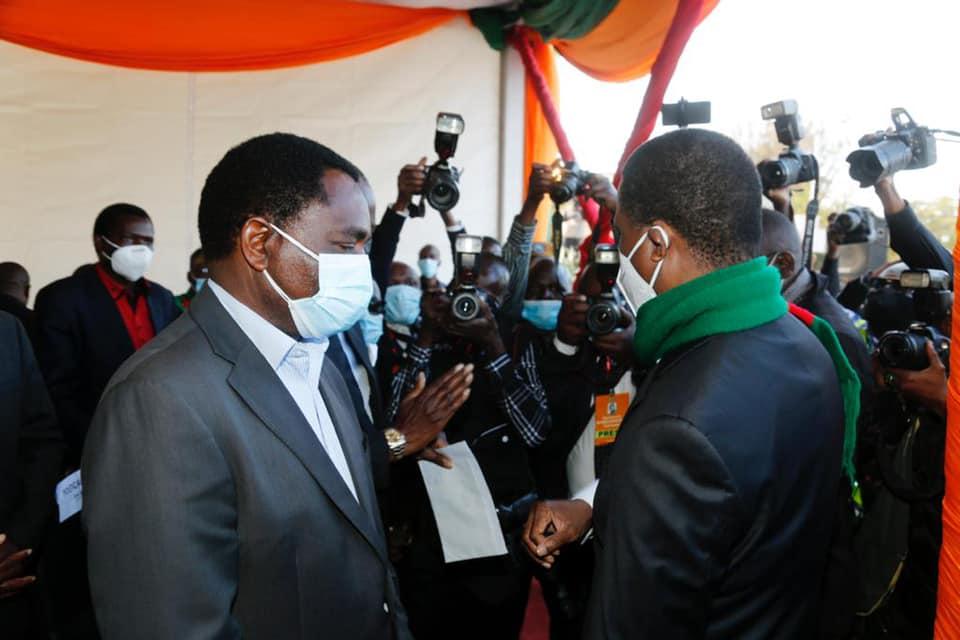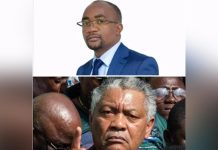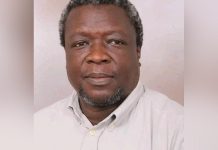Africa-Press – Zambia. President Hakainde Hichilema has addressed the disruptions caused by ongoing load shedding in the country in a Facebook post. In the post, President Hichilema stated, “We are very much alive to the disruptions caused by the ongoing load shedding to various economic sectors, small scale businesses, vital installations, households and ordinary people. We are doing everything in our power to mitigate these challenges now, in the immediate term and long term.”
To address the issue, President Hichilema has announced the development of an Energy Sufficiency Strategy through the Ministry of Energy. The strategy aims to expedite processes for independent power producers to invest in the country and build a vibrant economy that will create business opportunities and jobs for citizens. President Hichilema emphasized, “Our vision is very clear and resolute, and that is to build a vibrant economy that will create business opportunities and jobs for our citizens. We will not depart from this route regardless of the unexpected obstacles we find on the way.”
The load shedding, which will now last for 12 hours daily until further notice, is a result of low water levels at Kariba Dam, a shared resource between Zambia and Zimbabwe. President Hichilema addressed concerns about unreliable reports that may misinform and derail the government’s plans, stating, “We have also stated before, that we are cautious of unreliable reports that may misinform and derail our resolve and plans to deliver on our promises to the Zambian people. These will not be excused going forward.”
The dam, which hosts hydropower generation plants for both countries, has been severely impacted by climate change-induced irregular rainfall patterns. The Zambezi River Authority (ZRA) directed the two power companies, ZESCO in Zambia and ZPC in Zimbabwe, to reduce generation at Kariba in December of last year. ZESCO was asked to reduce generation at the Kariba North Bank Power Station to 800 MW maximum, while ZPC was directed to reduce power generation to a maximum of 300 MW.
Zimbabwe’s reliance on Kariba Dam has increased due to the struggles of its aging coal power plants, which have an installed capacity of 920 MW but generally only produce around 300 MW. Zambia, on the other hand, recently commissioned the 750 MW Kafue Gorge Lower hydro project, giving the country excess generation capacity of 1,156.8 MW until recently. Despite this, load shedding has still been necessary due to the low water levels at Kariba Dam.
President Hichilema’s government is working to mitigate the challenges caused by the load shedding and is encouraging investment in independent power production as a long-term solution. The Energy Sufficiency Strategy, which will be shared with the public and allow for Zambian participation in power-producing ventures, is a crucial part of this effort. President Hichilema concluded his Facebook post by saying, “We have said it before and we will say it again; we will spend most of this year unlocking domestic rigidities that affect economic growth.”
For More News And Analysis About Zambia Follow Africa-Press







